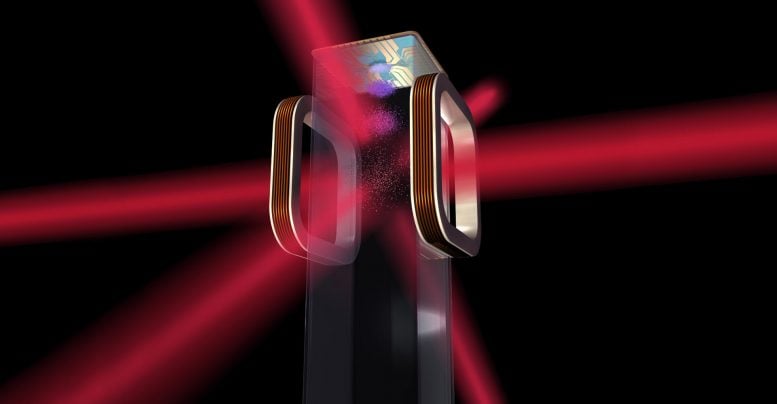
NASA’s Cold Atom Lab, renowned for its quantum research capabilities, received a significant hardware upgrade to enhance its experiment capacity, potentially ushering in an era of advanced quantum space missions.. Credit: NASA
NASA’s Cold Atom Lab is getting its second major upgrade and will be using it to explore the quantum realm.
A major hardware update for NASA’s Cold Atom Lab lifted off aboard a Northrop Grumman Cygnus resupply spacecraft on August 1, on its way to the International Space Station (ISS). About the size of a small refrigerator, the lab is sometimes called the coolest place in the known universe because of its ability to chill atoms to almost absolute zero. It enables dozens of scientists on Earth to do experiments in quantum science, the study of the fundamental behaviors of atoms and particles that make up the world around us.
The field of quantum science has paved the way for the development of such everyday technologies as lasers, transistors (a key component in smartphones and computers), GPS satellites, and medical devices. Future advances in the field promise to improve space-based navigation and communications.
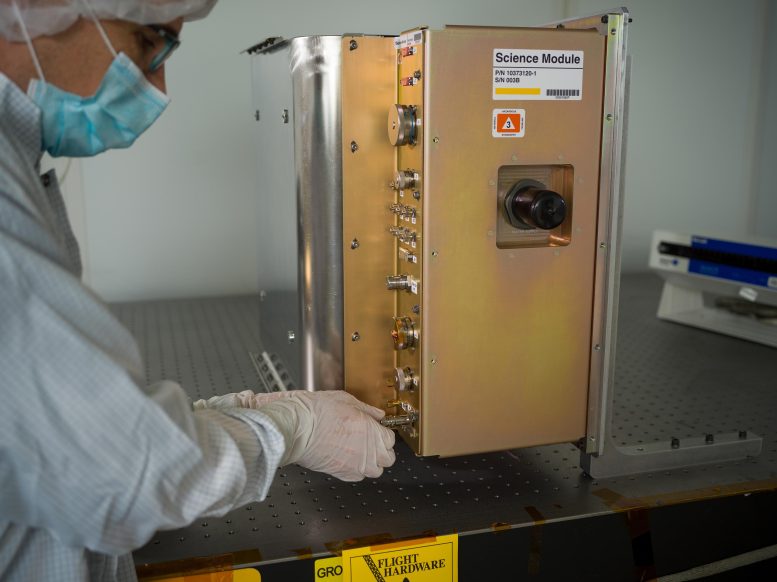
A member of the Cold Atom Lab mission team works on the Quantum Observer Module. The lab is a quantum science facility that’s been operating on the International Space Station since 2018. This module is an upgrade to the lab’s science capabilities. Credit: NASA/JPL-Caltech
Installed in 2018, the Cold Atom Lab is the first facility of its kind, and the mission team has experienced a steep learning curve as they figure out how, in the weightless environment of the station, to remotely do experiments designed on Earth. The new hardware – which the team calls the Quantum Observer Module – incorporates some of the lessons learned over Cold Atom Lab’s five years of operations.
Understanding the Gravity of the Situation
“The experiments we’re performing on the Cold Atom Lab will someday allow us to measure gravity with unprecedented precision, and that’s an extremely valuable tool to have in space,” said Jason Williams, Cold Atom Lab project scientist at NASA’s Jet Propulsion Laboratory, which manages the facility for NASA.
One way to assess the density distribution of a planet or moon is to measure changes in gravity across the surface, so scientists can probe the composition of different worlds from orbit or track the movement of water on Earth. Measuring gravity also lets scientists measure the acceleration of a spacecraft, which could be used in precision space navigation.
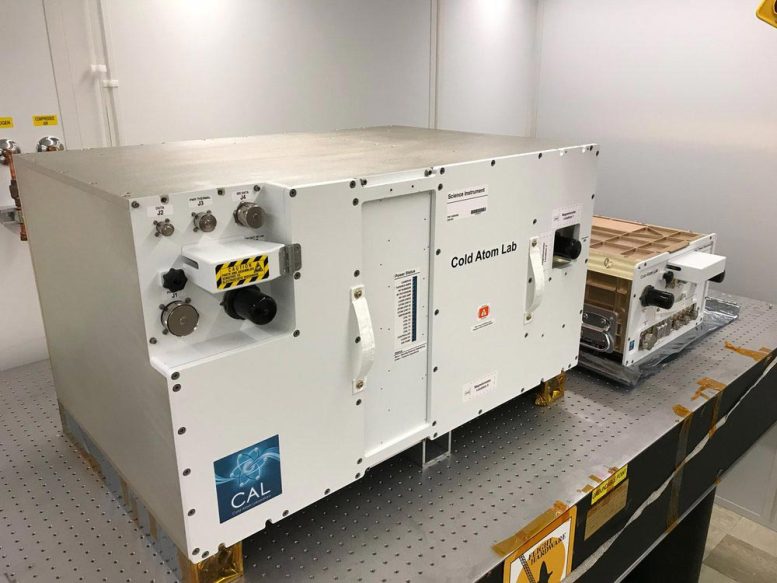
The Cold Atom Lab, a quantum science facility that operates on the International Space Station, is about the size of a small refrigerator. Remotely operated from JPL in Southern California, it has hosted dozens of experiments into the quantum nature of atoms and particles. Credit: NASA/JPL-Caltech
In addition, quantum sensors could be used in space-based missions studying cosmological mysteries like dark matter and dark energy. Dark matter is an invisible material that pulls matter together across the universe, while dark energy is an even more mysterious phenomenon causing the expansion of the universe to accelerate.
Although Cold Atom Lab doesn’t require astronauts to assist with its daily operations, a crew member will install the Quantum Observer Module this fall. Astronauts have supported previous upgrades and repairs to the lab.
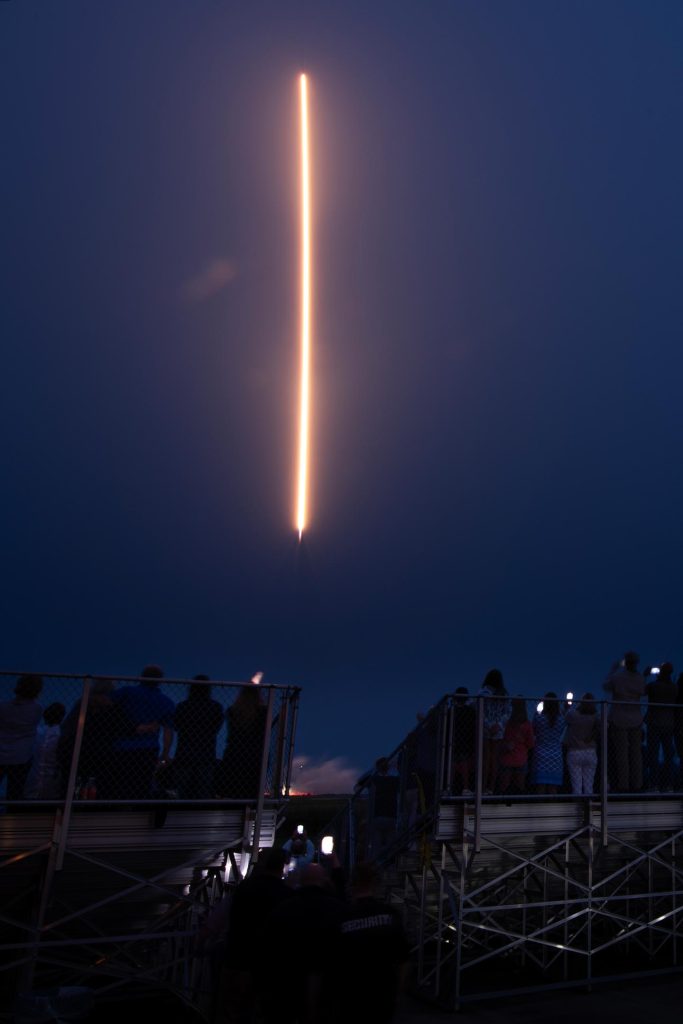
A Northrop Grumman Cygnus resupply spacecraft – carrying over 8,200 pounds of science investigations and cargo for the International Space Station, including a hardware upgrade for the Cold Atom Lab – lifts off from NASA’s Wallops Flight Facility in Virginia on August 1. Credit: NASA/JPL-Caltech
Heart of the Matter
Atoms and particles are the building blocks of all known matter in the universe. However, they don’t always behave like the bigger objects they compose. Their quantum nature means they can oscillate between behaving like solid objects and behaving like waves, so they sometimes seem to be in two places at once. They can also instantaneously pass through physical barriers, a phenomenon called quantum tunneling.
Cold Atom Lab makes it easier to study the quantum behaviors of atoms. One way is by chilling atoms to small fractions of a degree above the lowest temperature matter can reach, absolute zero. This causes the atoms to move more slowly, which makes them easier to study. In addition, some atoms at this temperature can collectively form a Bose-Einstein Condensate, a state of matter wherein their quantum behaviors, which are typically microscopic, can be observed on a macroscopic scale. (See video below.)
Scientists have performed cold atom experiments on the ground for decades, but on Earth, atoms studied in vacuum chambers fall quickly to the floor due to gravity. Inside Cold Atom Lab, atoms float weightlessly for longer periods, giving scientists more time to manipulate them and study how they behave and evolve. Researchers can also manipulate the ultracold atoms into bubbles and other unique shapes that are impossible to form on Earth. This reveals how different geometries affect the behavior of quantum materials.
Quantum Leap
The Cold Atom Lab upgrade will produce two to three times more atoms for each experiment inside the facility. “That’s analogous to upgrading to a telescope with higher resolution,” said Williams. “With more atoms, scientists can collect more data in each experiment, and they can also expand the variety of experiments they can do.”
Scientists will get more nuanced views of the behaviors of the ultracold atoms, including their physical dynamics as they evolve and their interactions with one another. And since atom clouds naturally cool as they expand, more atoms also mean the atoms can reach colder temperatures before they fully disperse.
“We hope that Cold Atom Lab will mark the start of an era where quantum tools are used regularly in space,” said Kamal Oudrhiri, the project manager for Cold Atom Lab at JPL. “Because of Cold Atom Lab, we’ve shown that these delicate quantum tools are reliable and even upgradable in space. It’s our hope that Cold Atom Lab will be just the first of many quantum space missions to come.”
More About the Mission
Cold Atom Lab was designed and built at JPL, sponsored by the Biological and Physical Sciences (BPS) Division of NASA’s Science Mission Directorate. BPS pioneers scientific discovery and enables exploration by using space environments to conduct investigations not possible on Earth. Studying biological and physical phenomena under extreme conditions allows researchers to advance the fundamental scientific knowledge required to go farther and stay longer in space, while also benefitting life on Earth.

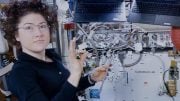



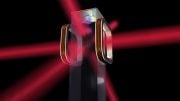
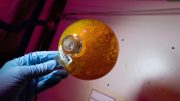

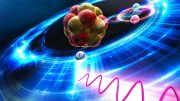
Be the first to comment on "Cooling Atoms in Space: NASA’s Pioneering Quantum Science Lab Keeps Getting Better"